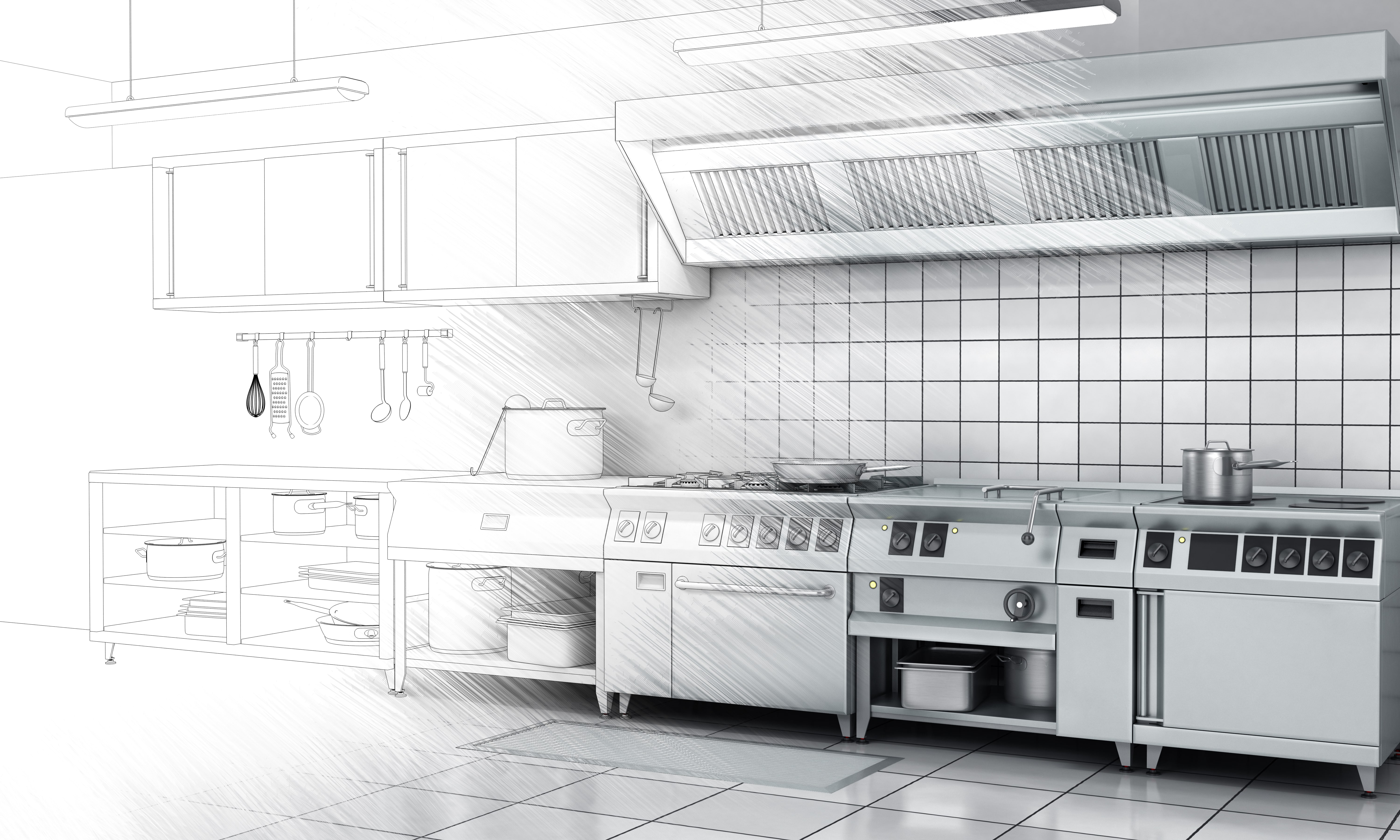
Building Information Modelling (BIM): what’s in it for the foodservice operator? Not very much really! They might get occupation of their project a bit sooner and there will certainly be fewer problems of equipment not ‘fitting’, through to avoiding possible ‘collisions’ or the power outlet being insufficient for the appliance, by designing the facility in a BIM framework. But then the supposed benefit to the client of using an FCSI consultant is that these sorts of issues are avoided anyway.
So, the real benefit of BIM as currently being developed is for the design and construction process. It will not be until FCSI BIM level 6D that there will be the possibility of a lifecycle ownership benefit for the client and operator through the addition of useful data being incorporated into the “As Built” documentation. But that is a long way off and even then the easy ability to interrogate the information source will be a factor that determines the benefit.
In the meantime the benefits to the client are claimed to be the ability to see the foodservice facility integrated into the complete building in 3D. Certainly there will be an advantage that the operator will be able to visualise their project more easily, but that was always possible using 3D modelling anyway; but just not integrated into the overall building 3D model. This for an operator would be of marginal benefit at best; and possibly even more confusing. So yes, the business can be opened for business a bit sooner than otherwise might have been the case at this stage would seem to be the only tangible benefit to the operator.
The downside for the client or operator is the risk that their project does not get the benefit of the best outcome by the design process being constrained to only incorporate only BIM supported equipment. In 2017 Joseph Carbonara, in the FES journal, gave the results of a survey of designers who were asked “Have you changed an equipment specification due to lack of BIM content”. 77% agreed. So although the original item was selected by the designer as being the best fit for purpose, in over three quarters of the cases potentially inferior and second-best items were specified because they were able to provide BIM attributes.
A process, not software
BIM is a process, not software, and there is a dichotomy between process and experimentation that can stifle creativity and kill innovation; yet innovation is what will drive the future of the foodservice industry. BIM provides consistency; but this can also be the enemy of creativity and variability. Again this predictability can be the enemy to consultants who don’t determine how much consistency they demand in the process of designing their projects. One factor that separates the really creative from the orthodox consultant.
Great ideas wont flourish unless they are given space to grow, and all these design tools will add a level of complexity to the design process. If the designer seeks to innovate it will add to the cost of the practice doing business. If the designer is constrained by fees, they will take the least cost option which is to use BIM attributed proprietary equipment rather than develop improved and innovated solutions that then have to be individually BIM attributed so that they can be integrated into the overall project.
From the perspective of the design process, the most useful benefit of the application of BIM 3D is not that it provides a 3D model or avoids “collisions” between proposed installed equipment, it will be the integration into the overall building design where “collisions” often unexpectedly occur. If the heat rejection of an Ice Cube machine or refrigerator is included in the BIM attribute and the room exhaust value included by the MEP engineer in the room BIM attribute, any potential mismatch or ‘collision’ would be immediately flagged.
Likewise if the external surface temperature of an item of cooking equipment is a BIM attribute and the heat rating of the material on which it is installed is a BIM attribute then again, any potential ‘collision’ risk will be identified. But that requires the manufacturer to understand the critical attributes of their equipment rather than avoid identifying any that might impact negatively on their usability and to maintain an updated database of relevant information on every model variation.
The real benefit to an operator would be if BIM might be extended to provide HACCP data attributes that could be used by AI to identify potential non-compliances or conflicts during the design stage and then extended to enable performance data of all the equipment used in the kitchen to be shared in a single live information space.
Then there is the issue of integrating the BIM attributes of equipment and technology from other industries; materials handling, logistics, robotics etc all of which will be essential in the future development of the larger professional foodservice, which are the very ones where clients (often governments) are insisting are designed using a BIM framework. There might be a benefit to the overall project process that can be translated into time and cost, but will that be the case for the Foodservice Consultant, or will it just be another fee percentage lost?
Tim Smallwood FFCSI
